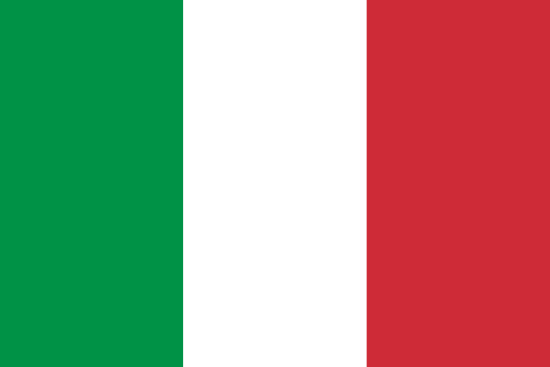"Su Nuraxi, cuore della nostra storia | Su Nuraxi, the heart of our history"
About:
Barumini, an Italian municipality in Sardinia, has a rich history dating back to the Bronze Age, as evidenced by the Nuragic complex of Su Nuraxi. It was part of the Giudicato of Arborea in the Middle Ages, later ruled by Pisa, Aragon, and Spain. In the 18th century, it became part of the Kingdom of Sardinia, which later unified Italy. Today, Barumini's historical significance is recognized by UNESCO, which declared Su Nuraxi a World Heritage Site in 1997. The town continues to thrive on agriculture and tourism.
When to visit:
Barumini, a small town located in the Mediterranean island of Sardinia, is best visited during the spring and fall seasons. During these times, the weather is mild and pleasant, making it ideal for exploring the archaeological site of Su Nuraxi, a UNESCO World Heritage Site. The spring months of April and May offer blooming wildflowers and green landscapes, while the fall months of September and October provide cooler temperatures and fewer crowds. Travelers can immerse themselves in the rich history and culture of Barumini while enjoying the comfortable weather conditions during these seasons.
When to avoid:
Barumini, a small town in Sardinia, Italy, experiences its peak tourist season during the summer months of June to August. During this time, the town can become crowded with visitors, leading to longer wait times at popular attractions and higher prices for accommodations. Therefore, travelers seeking a more tranquil experience may find it challenging to fully appreciate the historical and cultural sites that Barumini has to offer. To avoid the crowds and higher costs, it is advisable to consider visiting during the shoulder seasons of spring or fall when the weather is still pleasant but the tourist numbers are lower.
Winter (December–February)
Winter (December–February)
Spring (March–May)
Spring (March–May)
Language:
Barumini, a small town in Sardinia, Italy, primarily features the Italian language, which is the official and most widely spoken language in the area. However, a significant number of residents also speak Sardinian (Sardu), a Romance language native to the island. It's not uncommon to hear both languages used interchangeably in daily life.




